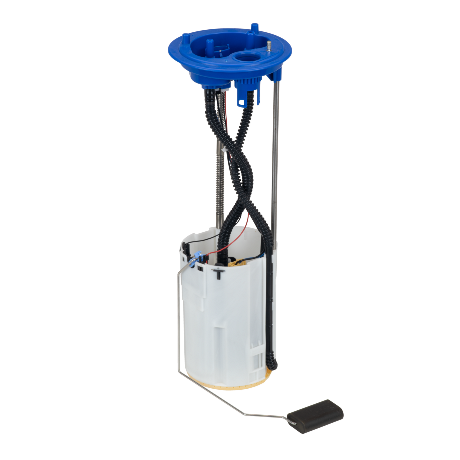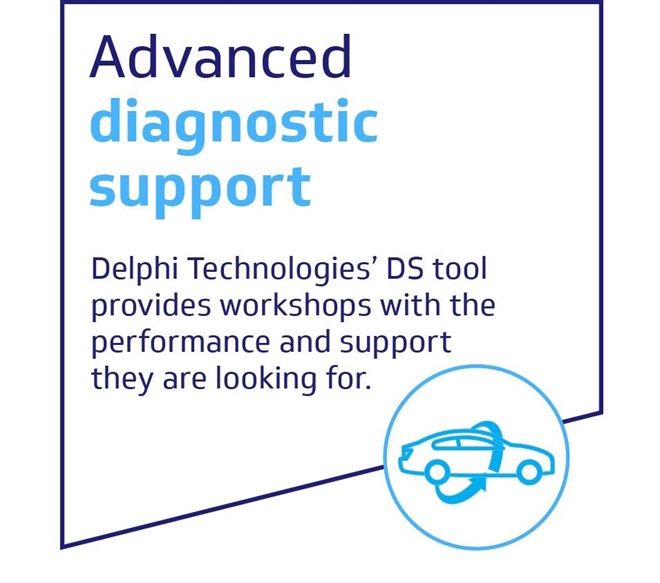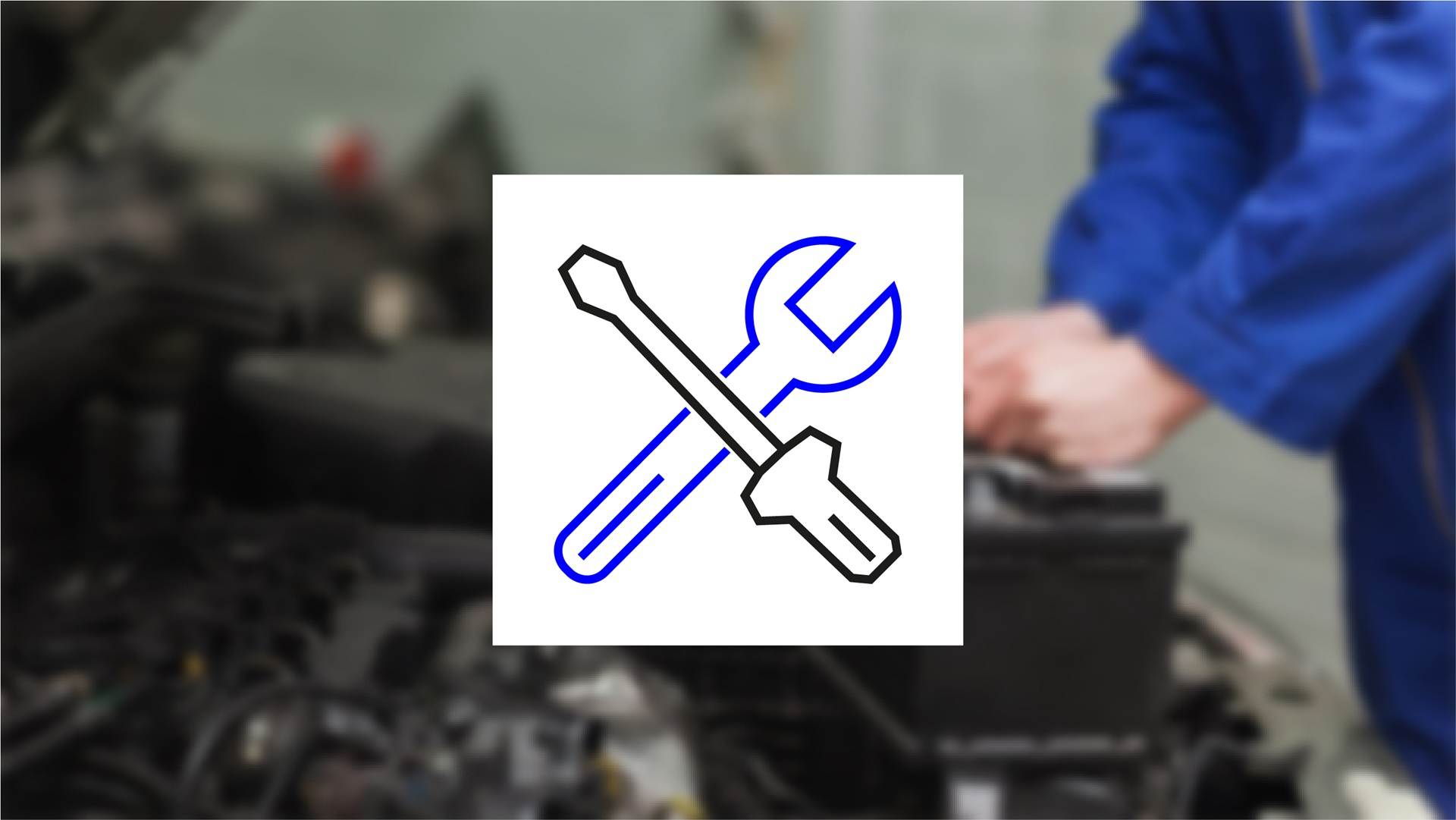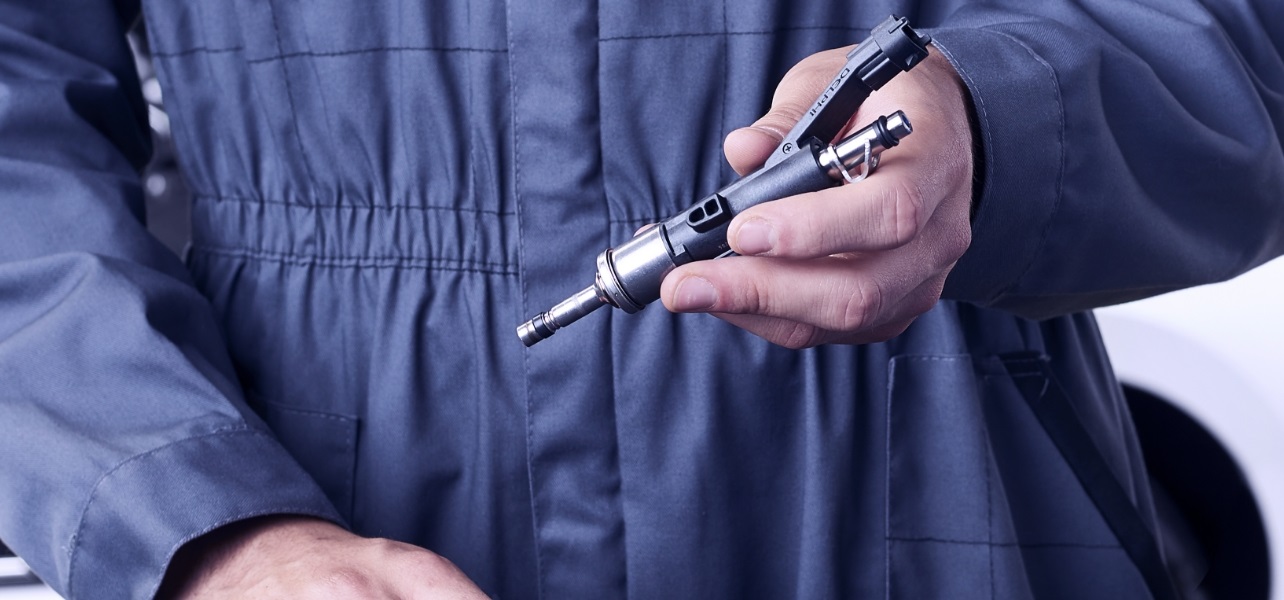Fuel Modules and Pumps

- Product Information
- Product Resources
- Enquire
- Related Products
Distinctly Delphi Fuel Pumps
- Anodized aluminum can reduce flow loss by up to 100% in severe contamination
- New carbon commutator extends fuel pump life by up to 300% over commonly used copper commutators by reducing oxidation and premature wear*
- Over-molded armature protects pump windings in corrosive environments
- Button style contacts feature additional wear material that can last for over 1 million cycles
- High capacity synthetic mesh inlet filter is able to filter out all items larger than 30 microns
- Distinctly Delphi with an electric blue fuel pump top, module top cover and strainer material
*In contaminated fuel or fuel with alcohol blends
| Delphi part number | Popular Applications | EMEA car parc |
| FG1455-12B1 | AUDI A1/A1 Sportback/S1 Quattro/S1 Sportback Quattro, SEAT Ibiza/Ibiza SC/Ibiza ST/Toledo, SKODA Fabia/Fabia Scout/Rapid/Rapid Spaceback/Roomster/Roomster Praktik/Roomster Scout, VW Polo | 12.4M |
| FG0989-12B1 | AUDI A3/A3 Cabrio/A3 Quattro/A3 Sportback/A3 Sportback Quattro, SEAT Altea/Altea Freetrack/Altea XL/Leon/Toledo, SKODA Laura/Octavia/Octavia Scout/Yeti, VW Beetle/Bora (Jetta)/Eos/Golf/Golf Cabrio/Golf Estate/Variant/Golf Plus/Golf Van (Variant)/Jetta/Jetta Wagon/Scirocco | 9.2M |
| FG1061-12B1 | ABARTH 500/500C/595/595C/695, FIAT 500/500C/500S/Panda/Panda Classic/Panda Van | 8.9M |
| FG1070-12B1 | AUDI A3/A3 Quattro, SEAT Leon/Toledo, SKODA Octavia/Roomster/Roomster Praktik/Roomster Scout, VW Bora/Bora Estate/Variant/Cabrio/Golf/Golf Cabrio/Golf Estate/Variant/Golf Van (Variant)/Jetta/Jetta Wagon/New Beetle | 5.6M |
| FG1498-12B1 | CITROËN C1, PEUGEOT 107/108, TOYOTA Aygo | 5.3M |
.tmb-660w.jpg?Culture=en-GB&sfvrsn=a9375dbb_1)


The Delphi Difference
-
100 years of OE experience, supplier to the world’s top automakers
-
OE heritage and knowledge built into every aftermarket part
-
Comprehensive portfolio for a wide range of vehicles and model years
-
Streamlined SKUs for easy inventory management
-
Support through tools, tips and training

Related product resources and downloads

Resource Highlights
There are several reasons why you may need to remove your fuel tank. You may simply need to remove it to replace the fuel pump. In other cases, though, the tank itself may be damaged or leaking and needs to be replaced. We’ll show you how to safely and easily do just that.
There are several reasons why you may need to remove your fuel tank. You may simply need to remove it to replace the fuel pump. In other cases, though, the tank itself may be damaged or leaking and needs to be replaced. We’ll show you how to safely and easily do just that.
We always put safety first, and this procedure is no exception. You’ve got to be thorough and careful. Don’t forget to wear safety glasses and gloves. Give yourself room to work and have cleanup materials ready to clean any spills immediately. Work in a well-ventilated area away from an open flame or anything that could cause a spark or ignite fuel, such as pilot lights and incandescent light bulbs. Make sure you have a fire extinguisher on hand. Don’t smoke, either. Always relieve fuel pressure prior to opening fuel systems because releasing fuel under pressure can cause fire and injury. Store fuel in an approved container like a gas caddy or gas can.
And here’s one more tip before you get started — if you’re going to remove the tank to gain access to the fuel pump, first make sure there’s no access panel located on the vehicle that will allow you to gain access to the pump without removing the tank.
- To get started, you’ll need to carefully remove the fuel from the tank. Do this by syphoning the fuel out and storing it in an approved container.
- Once all of the fuel is removed from the tank, it’s time to disconnect the hoses and electrical connectors.
- There are probably multiple hoses on your tank: supply lines, return lines, and vent hoses. Just make sure they’re all disconnected. Once the fuel lines are disconnected you can then disconnect the electrical connector, or connectors if you have more than one.
- Now you’re ready to remove the metal straps that have been holding the tank to the vehicle. Loosen the nuts or bolts and be ready for the tank to drop down. Make sure you support the tank so that it doesn’t fall when the last strap is removed.
- To install the tank, you just reverse your steps — you tighten the straps, and reconnect the hoses and electrical connectors. Don’t forget to put the gas back in, too.
And there’s your process for tank removal and replacement. As long as you follow safety precautions and check on an access panel, you’ll be good to go.

Visit our Technician Library for access to Documents and Downloads
Get in touch
The full Delphi Fuel Management product range

Find out where to buy Delphi parts
